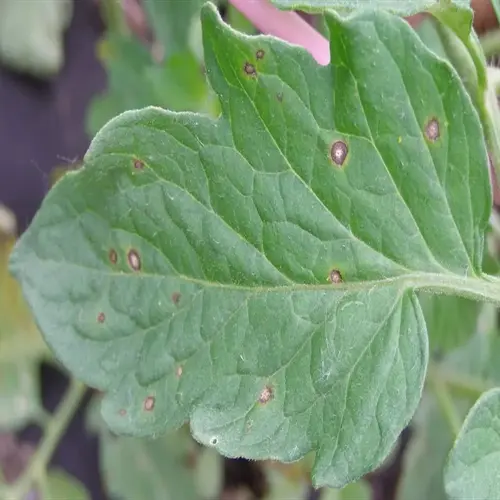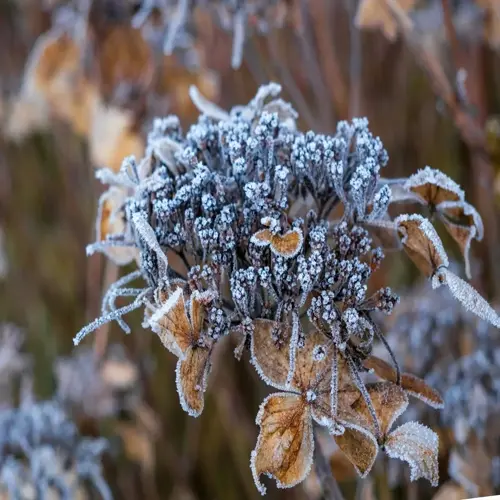What wattage is ideal for indoor grow lights?

Written by
Nguyen Minh
Reviewed by
Prof. Samuel Fitzgerald, Ph.D.The best grow light wattage will depend on your specific situation, and there are no universal rules. Different plants and varying sizes of grow spaces require particular wattages. I learned the hard way when my tomato seedlings were stressed due to underpowered lighting. Understanding the relationship between wattage and light size can prevent wasting energy and promote optimal growth.
Wattage requirements are influenced by three main variables. Plant type leads to varying intensity needs. Coverage area influences total power needs. Growth stage changes light intensity preference. Due to these differences, wattage selection is highly circumstance-dependent.
Plant-Specific Needs
- Leafy greens: 20-30W per square foot
- Flowering plants: 30-40W per square foot
- Fruiting vegetables: 40-50W per square foot
- Adjust for canopy density and reflectivity
Efficiency Focus
- Prioritize PAR efficiency over raw wattage
- Quality LEDs deliver more light per watt
- Measure PPFD instead of relying on wattage
- Target 2.8+ μmol/J efficiency ratings
Energy Conservation
- Use dimmers to reduce power during early growth
- Implement zoned lighting for multi-crop areas
- Combine with reflective surfaces to boost effectiveness
- Schedule operation during off-peak electricity hours
Determine real light needs with PPFD meters. These devices measure usable light received by plants. The 32W guideline is based on using quality LEDs. If you are using inexpensive fixtures, you will require more wattage to achieve the same light output. Intensity must be measured; don't trust the wattage.
Avoid typical wattage mistakes. Over-wattage will burn the leaves and waste energy. Underwattage creates leggy, weak growth. Use fixtures that are appropriately matched to the depth and dimensions of the grow space, ensuring there are no areas with inadequate coverage. Not only are these mistakes expensive in terms of energy, but they can also be detrimental to plant health.
Employ energy-smart solutions today. Select LEDs with high-efficiency ratings. Use many, lower-wattage luminaires instead of one, high-wattage one. Create dimmers to adjust the intensity. These approaches helped cut my electricity bill by 40%.
Read the full article: 10 Best Indoor Grow Lights for Healthy Plants

